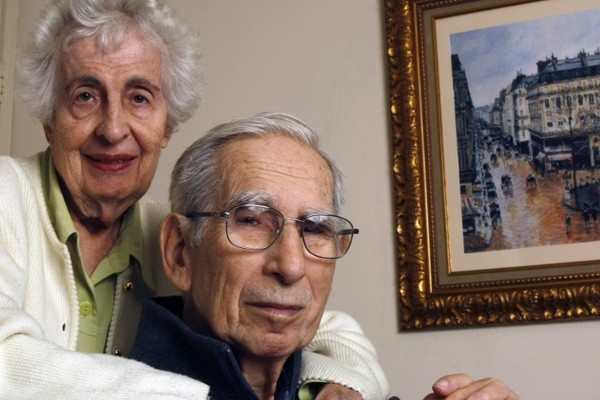The Cassirer’s search for their stolen painting lasted 60 years.
By Kevin Daley, Washington Free Beacon
The Supreme Court on Thursday revived a Jewish family’s bid to recover a prized painting the Nazis stole from their German ancestors.
The fate of the painting—worth tens of millions but sold to the Nazis for about $300—turns on whether Spanish or California law governs the family’s claim. Justice Elena Kagan delivered the Court’s unanimous opinion, which holds that California law controls.
That answer means everything to the plaintiffs. Under Spanish law, a defendant can keep stolen property, provided they possess it openly and didn’t know it was stolen when they purchased it. But under California law, the rightful pre-theft owner always prevails.
“Although the legal issue before us is prosaic, the case’s subject matter and background are anything but,” the decision reads.
Thursday’s case is the third Nazi looting dispute the justices have resolved in the last year. In 2021, the Court delivered a setback to the descendants of Jewish art dealers seeking compensation for the coerced sale of a medieval art collection called the Guelph Treasure. A companion case involved 14 Holocaust survivors who sued a Hungarian railroad that transported them to concentration camps.
Camille Pissarro’s depiction of a 19th century Paris streetscape on a rainy afternoon, Rue Saint-Honoré in the Afternoon, Effect of Rain, is at the center of Thursday’s case. A German art collector, Paul Cassirer, acquired the painting from Pissarro’s agent in 1900. The Cassirers admired Impressionist artists, and promoted movement figures like Vincent van Gogh and Paul Cézanne at their art gallery in Berlin, according to court papers.
Lilly Cassirer inherited Pissarro’s painting in 1926 and hung it in her parlor in Germany until 1939. She was made to sell Rue Saint-Honoré to Nazi authorities for pennies—the equivalent of $360—to obtain an exit visa for her family. The painting is worth tens of millions today. Lilly escaped to England and eventually settled in the United States.
Rue Saint-Honoré changed hands a number of times in the early 1950s—Nazi plunder is contraband, making deals a high-risk proposition—before a St. Louis connoisseur acquired it for his private collection in 1952. It returned to German hands once again in 1976, when Baron Hans Heinrich von Thyssen-Bornemisza acquired it via a New York gallery.
The baron, a distant relative of John Kerry, established a foundation in partnership with the Spanish government in 1993 to display his collection to the public. He sold Rue Saint-Honoré and other European masterpieces to the new foundation for $350 million. Spanish authorities financed the deal and provided a refurbished palace in Madrid for the baron’s collection, called the Thyssen-Bornemisza Collection Foundation.
The Cassirer’s search for their stolen painting lasted 60 years. Their best evidence was a black and white photo of the painting hanging in Lilly’s home in Germany. Lilly pursued claims against the German government related to the extortionate sale after settling in the United States, never knowing the heirloom was in nearby St. Louis. A Cassirer family friend ultimately spotted Rue Saint-Honoré in 1999 in the foundation’s catalog.
Following failed negotiations with the Spanish government, Lilly’s grandson and sole heir Claude Cassirer sued the Madrid museum in a California federal court in 2005. Entities controlled by foreign governments are immune from lawsuits in most circumstances. There’s an exception, however, for claims involving Nazi-looted property.
It’s not clear what the Spanish government will do if the Cassirers prevail, as is expected, when the lawsuit returns to a lower federal court. The case is No. 20-1566 Cassirer v. Thyssen-Bornemisza Collection Foundation.




